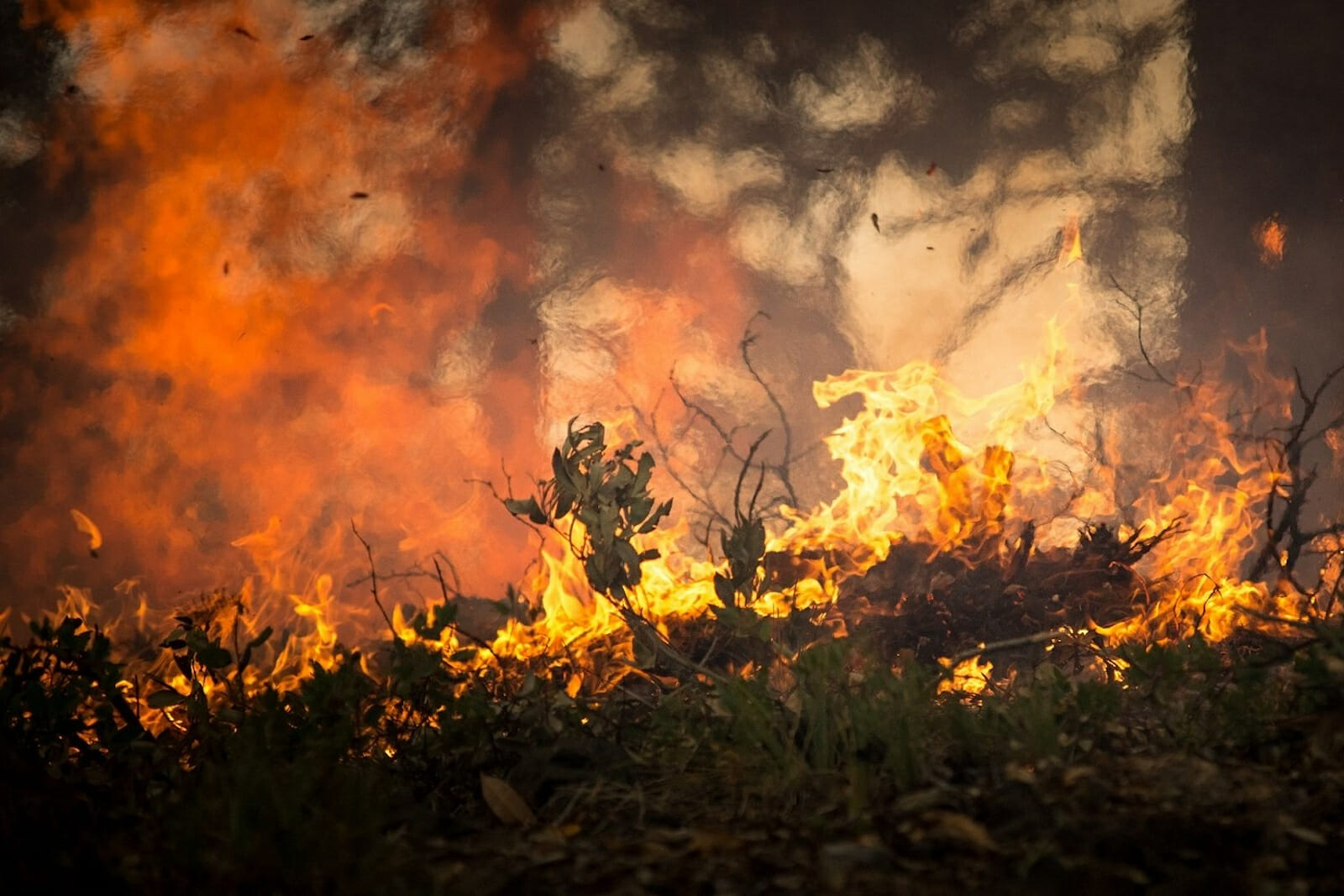
Wildfires Shine a Spotlight on America’s Threatened Water Supply
Millions of acres in California, Oregon, and other parts of the western United States are enveloped in flame and smoke, innumerable communities have been destroyed, and tens of thousands have been forced to flee their homes. The ongoing wildfires have been described by scientists as the worst witnessed in almost two decades, and according to scientists, the plumes of smoke have even crossed the Atlantic Ocean to darken European skies.
While these wildfires are wreaking havoc on the environment, major cities, and rural communities, they’re also critically affecting access to humanity’s most precious resource: water. The effect of wildfires on the water infrastructure is often overlooked, but the seriousness of the situation is clear to several communities in Colorado that have been left without drinking water after the fires destroyed crucial water pipes. In Boulder Creek, a wildfire annihilated 100 percent of the city’s 7.5-mile water pipeline and razed the entirety of the pristine watershed. It’s a story repeating itself across the region.
At the same time, the fires are raising ambient temperatures in Oregon so much so that algae blooms risk making water from rivers unsuitable for consumption. Falling ash from surrounding wildfires is exacerbating the existing battle against cyanotoxin-generating algae. Water authorities now anticipate “more significant algae blooms in the years to come,” thereby adversely affecting water quality for the foreseeable future.
Several filtration plants have already had to increase the level of chlorine disinfectants in the water as a result, to the extent that local residents are now calling in with concerns over the chlorine odor and ashy taste of regional tap water. And considering that authorities have found toxic, volatile organic compounds in the waters in wildfire areas, it’s clear the battle to return to normalcy will be a protracted one.
Trillions down the pipes
As these states are fighting to get the fires under control, water has suddenly become concerningly sparse. As a result, bottled water has become a lifeline for many, as it had been in the wake of the previous devastating wildfires in 2013 when the International Bottled Water Association mobilized to provide potable water during the emergency. Still, the deeper issue at the heart of this latest catastrophe has yet to be addressed: years of infrastructure neglect have left water supplies across the country in a precarious condition.
This is a nationwide issue for the United States. Thousands of miles away in the nation’s capital, the average age of an underground water pipe is estimated to be more than 80 years old. Many networks haven’t been refurbished since they were laid in the first half of the 1900s. No surprise, then, that the burden has fallen on emergency crews to repair hundreds of water main breaks annually. And although the District of Columbia is replacing an average of 11 miles of water pipes per year, the lead time for the entire replacement process to be complete is calculated at 100 years.
Indeed, the total cost of fixing even the most basic problems in the national water infrastructure was estimated to reach at least $1 trillion even before the events of 2020.
None of this is news to the infrastructure engineers and experts who have been demanding action for years. The American Society of Civil Engineers delivered a damning national infrastructure review in 2017, slamming the fact that “investment has been inadequate for decades and will continue to be underfunded without significant changes as the revenue generated [by American rate-payers] will fall short as needs grow.”
No quick fixes
The year of 2020 and all its challenges, including of course the COVID-19 pandemic, has lent extra urgency to the issue of ensuring access to clean water and maintaining personal hygiene. It is high time that policymakers undertake a realistic appraisal of the situation.
The road ahead is a complex one. For one thing, millions of vulnerable Americans have been barred from access to safe drinking water and sanitation for generations. Between families in the Navajo Nation forced to haul barrels of water hours from their homes to backyards in Alabama flooded with raw sewage, countless American communities have never experienced the benefits of reliable water infrastructure, despite the $1 trillion poured into water and waste disposal systems between 1982 and 2002.
Tackling the shortfalls requires a focus beyond simply expanding and upgrading aging water systems. It must also extend to education on appropriate water use if this precious resource is ever to be used sustainably. As it stands, the average American family currently uses more than 300 gallons of water every day – and that’s just at home. Outdoor water use accounts for almost one-third of household consumption, and this figure can tend to rise in drier parts of the country and where landscapes are more water-intensive.
At the end of the day, the fact remains that most Americans have learned to take tap water for granted as an abundant resource. Yet the fires have proven the fragility of water availability, and if current consumption patterns, aging infrastructure, environmental catastrophes, and political apathy are anything to go by, the future of America’s water security is bleak.

